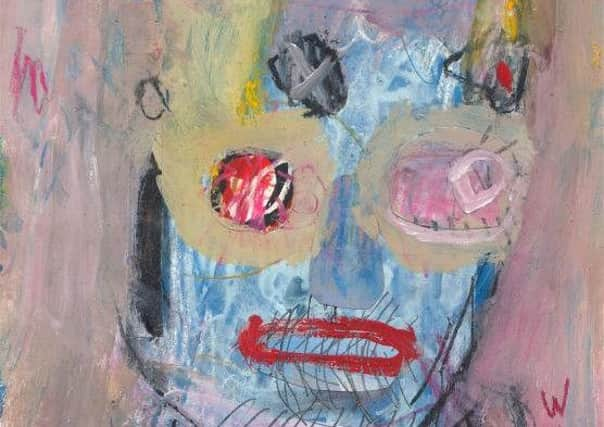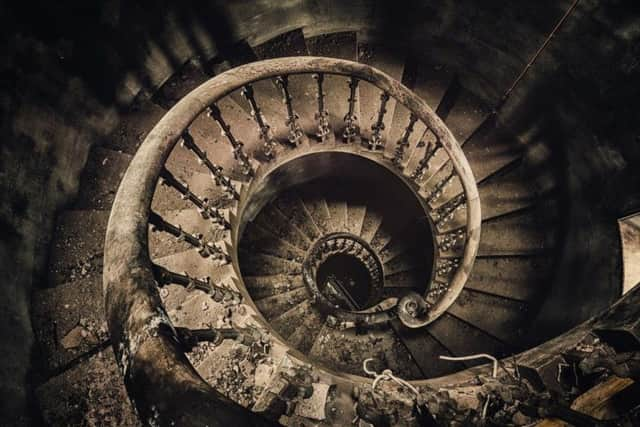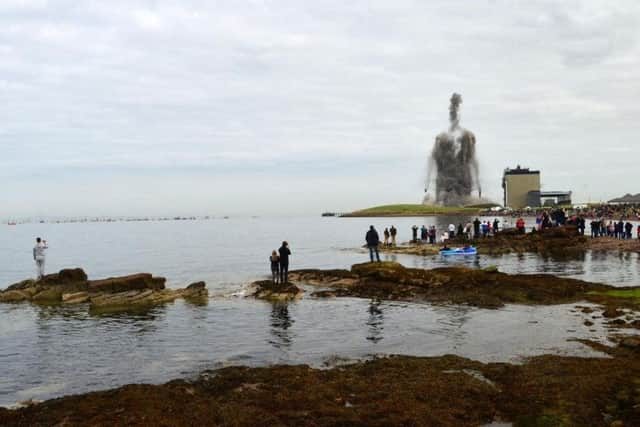Art review: RSA Open Exhibition | RSW Open Exhibition


During December, the RSA Open, the Academy’s second annual exhibition, usually occupies the lower floor of the building that bears its name. This year, however, those rooms are occupied by the wonderful Arthur Melville show. Meanwhile, the other exhibiting societies, the Royal Scottish Society of Painters in Watercolour (RSW), Visual Arts Scotland (VAS) and the Society of Scottish Artists (SSA), are to show in sequence in the main galleries, the RSW first, the SSA following immediately on 21 December and VAS in the New Year.
It is all very crowded. To make room for the RSA Open, the three societies have surrendered the two rooms at the front of the main floor and so it is squeezed into these two rooms and its own single, Black and White Room downstairs. This arrangement is really only possible for the RSA Open because there is a size limit for submissions. As its name implies, however, it is also open to all comers. There are almost 400 works in the show this year in spite of the constraints. If it seems a bit crowded that reflects the popularity of the open submission and no doubt the quality too.
RSA Open Exhibition | Rating: ****


RSW Open Exhibition | Rating: ****
Royal Scottish Academy, Edinburgh
Advertisement
Hide AdAdvertisement
Hide AdWhen the walls are crowded, perhaps freestanding sculpture is at an advantage; certainly there are some striking three-dimensional pieces in the RSA show. Robert Richard’s Similar Dissimilar, for instance, is a charmingly mad machine, somewhat in the manner of the late Jean Tinguely, with wheels, pulleys and chimes all driven by a crank handle. Though not mechanical, Accord by Samantha Boyes is equally strange. A surrealist composition, it unites the head of a stuffed hare with the gilded body of a doll. Two other little dolls create a spooky, Alice in Wonderland effect. Two hares on the wall in ceramic relief by Penny Phillips provide leporine company. Equally surreal is Karen Akester’s bronze, Pinocchio Syndrome – Pinocchio’s bronze nose sprouts glass flowers. Shona Riaz has made a strange elongated head of felted wool and called it Seasalt. Alasdair Thomson’s Untitled 2/6 is a girl’s shift in marble. Hollow, it still bears the form of its wearer. Clare Flatley has captured a tornado in a solid block of glass. Boo Paterson has also made a tornado, or at least a vortex, but out of cut paper. Unhappy figures caught up in its spiral suggest her title, Seasick. The sitter in Portrait No 6, by Cameron Watt might well be suffering from seasickness, but it is an expressive work nevertheless. Las Brujas, three wild witches by Ian Cook, is a really powerful piece of expressionist painting and Cautionary Tales, a series of paintings by Natalie Sirett that suggest the very darkest fairy stories, is equally expressionist, even violent. Not without reason, perhaps, the pictures are hidden on the inside of partly closed boxes. If these are wild, Joe Ganter’s print, Longing, an attempt visually to describe music, is in contrast, and in spite of its title, the very image of constraint. Rather than constrained, on the other hand, Watergate II, a small acrylic by Fiona Hutchison is eloquently restrained.
There are some good photographs including Craig Buchan’s Cockenzie No More, in which the collapsing towers of the power station as it is demolished look for a moment uncannily like the Wicker Man, and Ioannis Lachanis’s Nautilus, an evocative view down a ruinous spiral staircase. Notable among a number of good prints are Imprint Lines IV by Jenny Smith and Head On by Janette McKenzie, the latter described intriguingly as “silkscreen and chainsaw woodcut.”


The Open runs till 14 February, but the slots granted the three other exhibiting societies – glimpses would be a better word – are very short indeed. The RSW has run for barely two weeks, from 27 November till today. The others will be no longer.
In these days when anything goes, the RSW has the distinction of being devoted to a single medium, although the advent of acrylic as a water-based paint has diluted that principle slightly. Chris Bushe’s Winter Solstice, for instance, or Charles Anderson’s Shetland Moonrise, though handsome, would both pass as oil paintings without trouble.
Generally though, the show is devoted to the many forms of watercolour and demonstrates how flexible it is. It can be as minutely descriptive as it is in James McDonald’s Telephone Book, or as richly expressive as it is in Calum MacGillivray’s Drift. The former is a near tromp l’oeil painting of the torn and crumpled pages of a notepad covered in spidery writing. The latter is an abstract collage. Horizontal layers of rich colours and textures and of contrasting lights and darks form a dense, vertical stack. The minute finish of Ruth Stiven’s Magical Mosaic, an enigmatic head among budding branches set above a mosaic of sea-worn pottery shards, gives it a dream-like quality. In contrast, the rough handling of Anda Patersons’s Fishwife makes her figure seem fierce and darkly monumental.
Because of the transparency of watercolour, paper, its necessary support, is often much more part of the image than canvas or panel are in oil painting. In David Sinclair’s beautiful Breakfast by the Window, for instance, the white of the paper is simply the light in the picture. It is also indivisibly part of the image in both Marian Leven’s lovely abstract, Square Blue, and Angus McEwan’s figurative Fade to Grey. In the latter, too, the texture of the paper effortlessly assumes the texture of a weathered Italian wall in sunlight. In Aileen Paton’s solemn Tree of Guernica, the paper is actually crumpled to suggest the vicissitudes that this ancient symbol of democracy has witnessed in its long history. The character of the paper is equally vital to Peter Randall-Page. One of several invited artists, he draws black, calligraphic figures on an absorbent paper so that figure and ground become indivisible in a way that is unique to the medium. The importance of paper is also demonstrated rather beautifully in a group of small, unframed works by various artists and hung on strings like washing. Painted on a handmade paper from Nepal, they are exhibited here to raise funds for the Nepal Earthquake Appeal.
Altogether, for all the diversity of effect of which they are capable, watercolour and paper together give the RSW a certain satisfying unity. As its undoubted quality bears witness, this and the other two society shows that will follow are important exhibitions. They deserve better than to be crammed in at the fag-end of the year. It would be much to the credit of the National Galleries of Scotland if, having taken over the RSA building, they were a little bit more generous in their acknowledgement of some of the obligations that went with it.
• RSA open until 14 February, RSW open until today